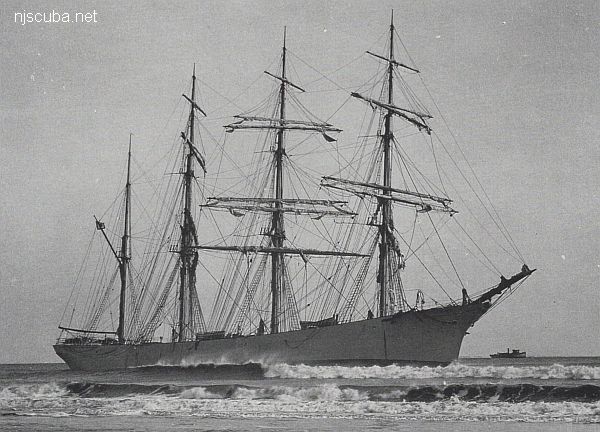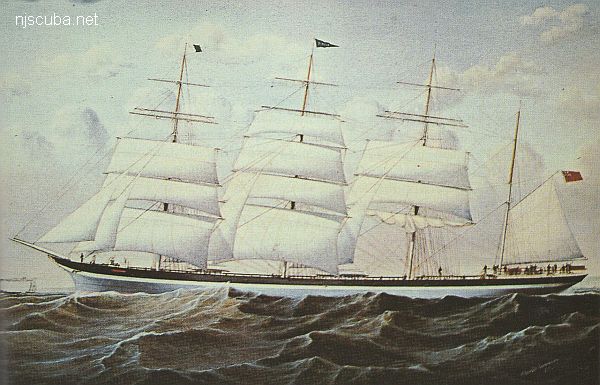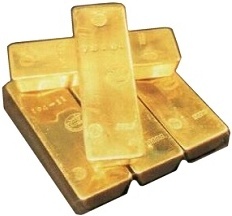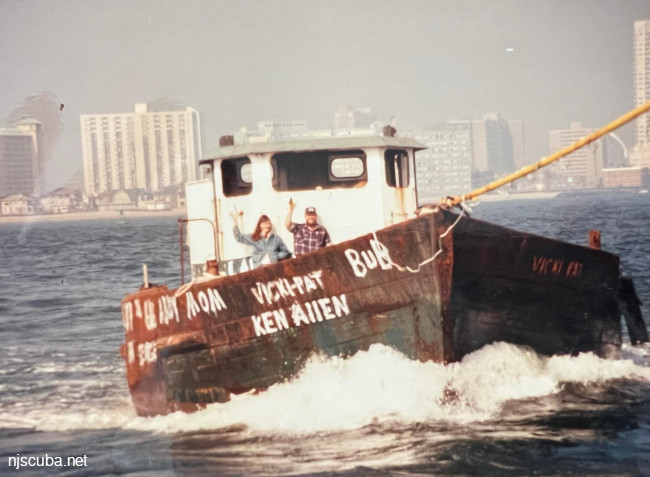Sindia

- Type:
- shipwreck, sailing ship, USA
- Built:
- 1887, Ireland
- Specs:
- ( 329 x 45 ft ) 3068 gross tons, 34 crew
- Sunk:
- Sunday December 15, 1901
ran aground in storm - no casualties - Depth:
- 0-5 ft depending on the tide
The bark Sindia is not a scuba diving wreck, since it lies under 10-20 ft of sand. It is, however, of historic interest, since she was carrying a treasure in far-eastern porcelain and artworks, much of which is still thought to be buried inside her steel hull, waiting to be dug out.





Questions or Inquiries?
Just want to say Hello? Sign the .